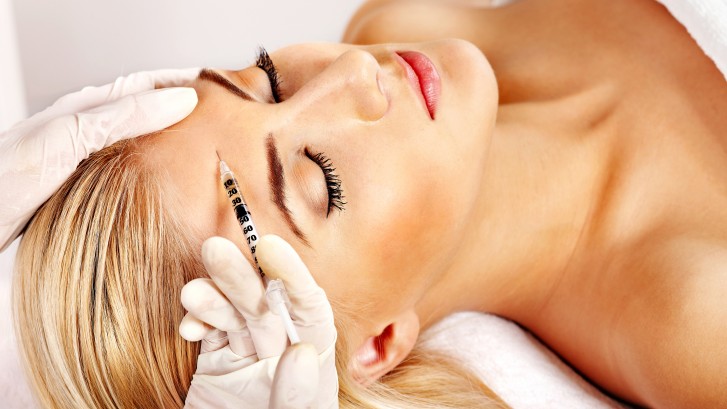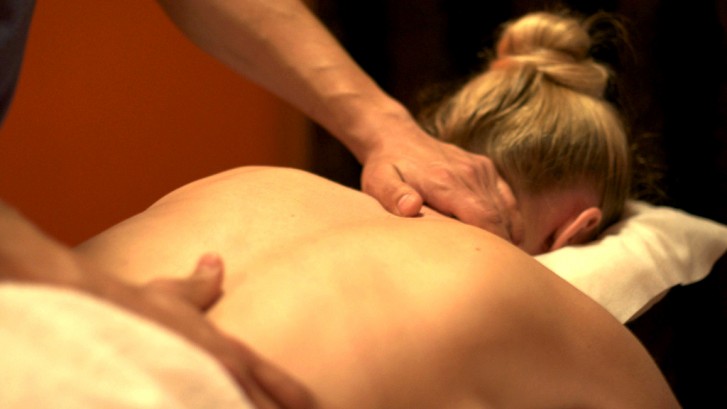
Botox has quickly become one of the most popular cosmetic procedures on the market. However, some would be surprised to learn the Botox also treats a number of health issues, from hypertension to overactive bladder. Botox has also proven to be a highly effective treatment for those who suffer from chronic migraines- since the FDA approved it as a migraine treatment in 2011. If you suffer from chronic migraines, and have been thinking about using Botox to relieve your symptoms, here is what you need to know.
How does Botox Treat Migraines?
Botox works by preventing the movement of certain muscles as well as preventing the release of certain brain chemicals. Botox relieves headaches because, this muscle restriction, prevents the muscles from becoming tense and sensitive, as they would during a headache. In addition, it is believed that Botox blocks the nerves that send pain messages to the brain.
How well does it work?
Most patients that use Botox, to treat their chronic migraines, experience a significant decrease in how often they experience migraine attacks. In fact, the vast majority of chronic migraine patients a day experience, 7 to 9, fewer headache days per month, making Botox one of the most successful migraine treatments to date. Is important to note that these results take time and usually do not present themselves until up to a two weeks, after your Botox procedure. In addition, these results usually do not happen after the first round of Botox and are more likely to start after the second, or third, treatment.
Who should try it?
Chronic migraine sufferers who experience debilitating migraines 15, or more, days out of the month, lasting four hours or more, should consider utilizing Botox to treat their symptoms. Most doctors will want you to try more traditional migraine treatments before recommending Botox. But if other migraine treatments or medications are not working for you, or you have a health condition the medicine may interfere with, such as stomach ulcers, you should definitely consider Botox as an alternative treatment.
How long does it take?
A round of Botox treatment can take anywhere from 10 to 30 minutes. For maximum and long lasting results, chronic migraine sufferers should receive Botox treatments every three months for a 15 month period.
What else should I know?
Botox treatments are virtually painless, so there may be a slight swelling, or irritation, at the injection site- particularly, for those for with sensitive skin. Most insurance companies cover Botox procedures as a treatment for chronic migraines but you should definitely contact your insurance company to verify that they do. In rare cases, they may want you to undergo certain tests before they agree to cover the procedure.
Now that you know how effective Botox treatments are for chronic migraines, if your suffering from severe migraines, this might be the perfect procedure to relieve you of this pain. To learn more about Botox treatment or discuss any of your questions or concerns about the procedure feel free to reach out to us today. Or to schedule a consultation visit doctorbinder.com.
 Cosmetic surgery is a momentous personal decision affecting your image of yourself and to the outside world. When choosing implants, many patients simply settle for the standard, off-the-shelf models. However, given that this is a permanent decision, it's important to consider how you truly want the procedure to make you feel and look, as well as how much you are willing to spend to achieve it.
Cosmetic surgery is a momentous personal decision affecting your image of yourself and to the outside world. When choosing implants, many patients simply settle for the standard, off-the-shelf models. However, given that this is a permanent decision, it's important to consider how you truly want the procedure to make you feel and look, as well as how much you are willing to spend to achieve it.








